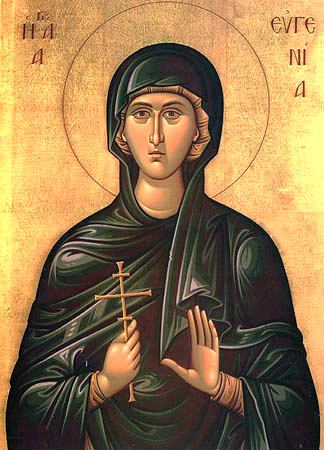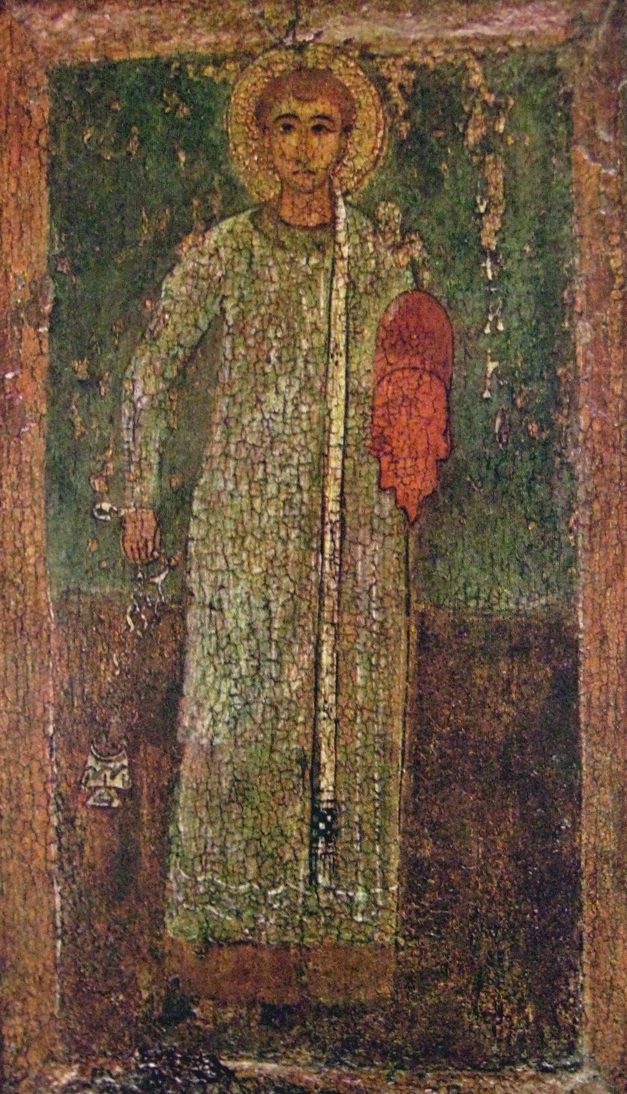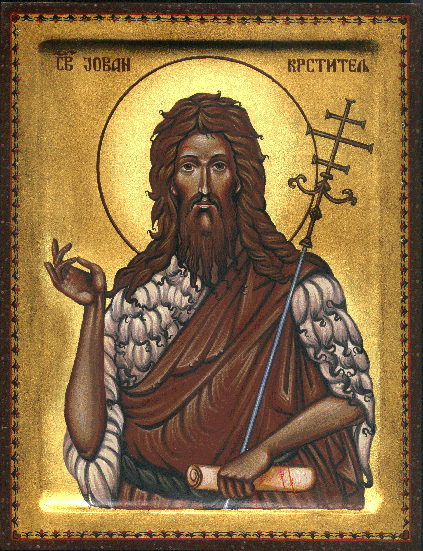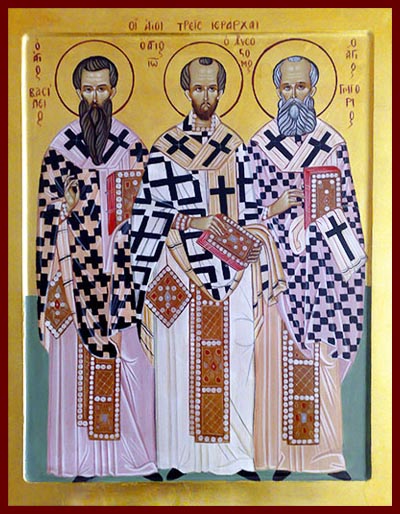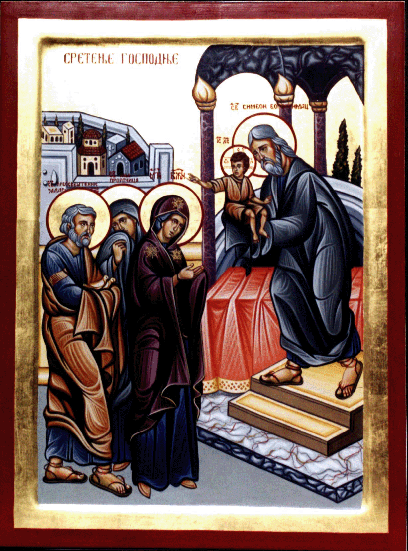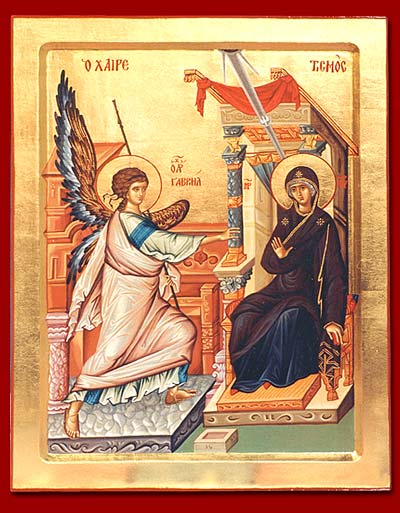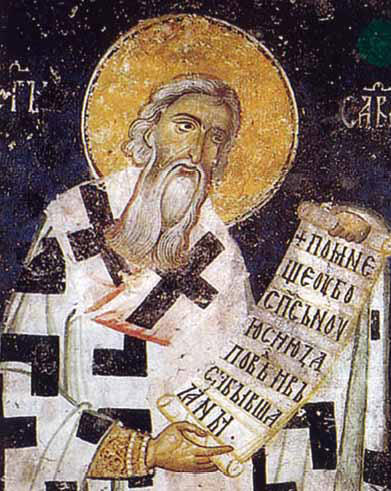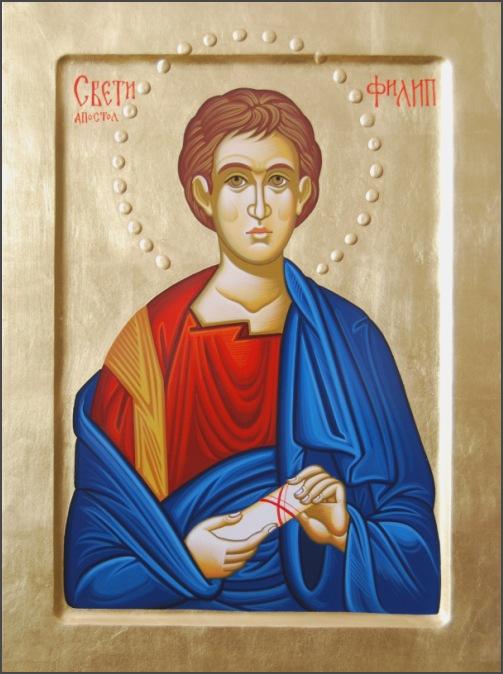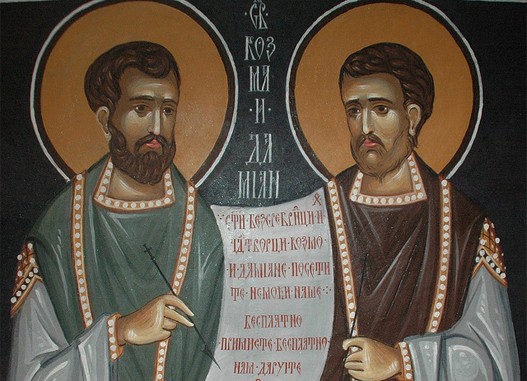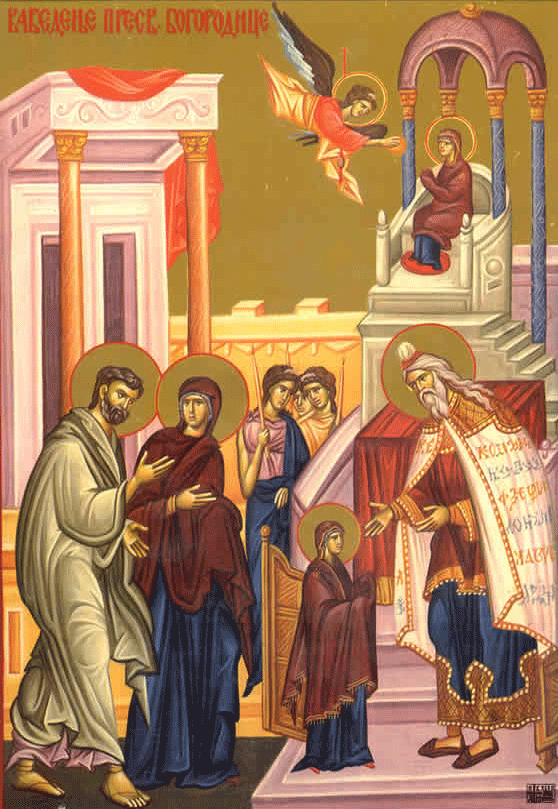Our Holy Mother Eugenia; Father's day
Our Holy Mother Eugenia The daughter of Philip, Eparch of all Egypt, she was born in Rome. At that time, the Christians had been driven out of Alexandria and were living outside the town. The maiden Eugenia visited the Christians and received their Faith with all her heart. She fled from her parents with her two faithful eunuchs, was baptised by Bishop Elias and, wearing man"s clothing, went to a men"s monastery where she received the monastic habit. She so purified her heart by voluntary asceticism that she received from God the gift of healing the sick, and thus healed a rich woman, Melanthia. After this, though, the woman conceived a physical passion for her, not suspecting that she was a woman. Being firmly repulsed by Eugenia, this wicked woman, out of revenge, went to the Eparch and slandered her just as Potiphar"s wife had slandered chaste Joseph. The eparch ordered that all the monks be bound and thrown into prison together with Eugenia. When they were brought out for trial, Eugenia revealed herself to her father as his daughter. The overjoyed Philip was baptised, with his whole household, and Philip was chosen as Bishop of Alexandria. Hearing of this, the Roman Emperor sent a wicked general, Terence, who, coming to Alexandria, secretly killed Philip. Then St Eugenia moved to Rome with her mother and brothers. In Rome, she fearlessly and zealously brought pagans to the true Faith, especially maidens, and thus brought a beautiful maiden, VassiIia, to the Faith. Vassilia was quickly beheaded for Christ, as Eugenia had foretold to her, and then her two eunuchs, Protus and Hyacinthus, were beheaded. Finally, martyrdom came to Eugenia, whose presence had caused the Temple of Diana to fall in ruins. The torturers first threw her into water and then into fire, but God preserved her. The Lord Jesus Himself appeared to her in the prison and told her that she would suffer on the day of His Nativity. And so it came about. She was beheaded with the sword on December 25th, 262, in Rome. After her death, Eugenia appeared to her mother in great glory, and comforted her. Holy Father Some people think that this great saint was a Slav of Balkan origin. In the time of the Emperor Nicephorus, Nicolas was commander of the part of the army that went to war against the Bulgars. On the road, Nicolas spent the night in an inn, where he experienced a great temptation and had a strange dream. This dream came true in the war, when the Greeks were utterly routed by the Bulgars in 811. Nicolas was preserved and, out of gratitude to God, left his command and became a monk. In long asceticism, he attained such perfection that he became a great seer and man of God. He died peacefully in the ninth century, and entered into the blessed Kingdom of Christ the Lord. In the Greek Synaxarion, Our Holy Father Antiochus, a monk of Palestine, is also commemorated. He was an eye-witness of the sufferings of our holy Fathers of St Sava's (May 16th), and, as an eye-witness, recorded their sufferings at the hands of the Saracens. He also compiled another book entitled 'Pandect'. He wrote many prayers, of which the best-known is the one read daily at Compline: 'And grant us, O Master, as we lay us down to sleep, repose both of body and soul...'. The Holy New Monk Achmed is also commemorated. A Turk by birth and a builder by trade, he embraced the Christian faith and laid down his life for it. He suffered at the hands of the Turks in Constantinople in 1682.
Source: Orthodox calendar
